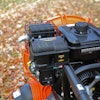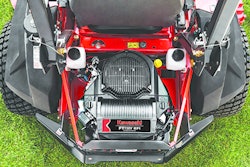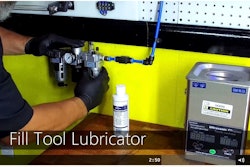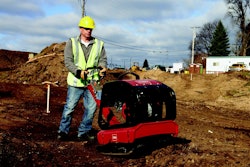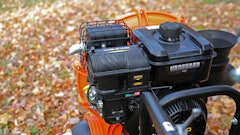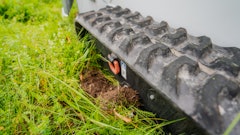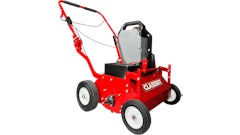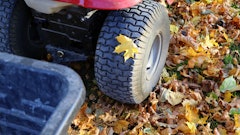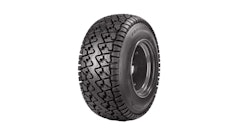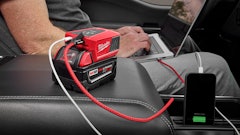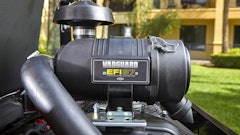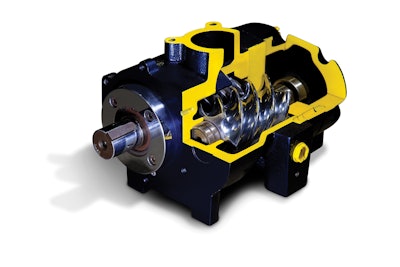
Choosing the right method of air compression is just as important as choosing the capacity (CFM) and pressures (PSI). Think about it like this, do you need continuous air; jack hammers, piercing tools or running any air tool for longer than 20 minutes at a time or intermittent air; impact wrenches, drills, or any air tool used for a short duration of time, like removing lug nuts on a wheel.
If you need continuous air then you need a rotary screw type compressor.
If you need intermittent air then you want a piston type compressor.
What's the difference?
A rotary screw compressor is air-on-demand, meaning you have immediate, continuous air that can run for hours or days. There is no air reservoir (tank) needed. The rotary screw design utilizes two rotating lobes that are in an oil flooded system. The oil serves three primary functions—it seals the tolerances between the lobes (screws) to create compression, to help lubricate the bearings on the rotors and it transfers the heat from compression to the cooler. The oil is dropped out of the air through oil separators and filters before being discharged at the service valve location. There is also a cooling system required to manage the temperature of the oil in the system, because the system is under constant pressure.
A piston type compressor, also known as a reciprocating compressor, uses the piston and rings to build pressure and fills an air reservoir (tank). This requires a short pressure build time to fill the appropriate size air reservoir, but is ideal for on/off, short air usage applications. Most applications use around a 20 gallon air reservoir to supply air before the compressor needs to re-fill it again, thus the on and off cycle type of usage.
Here’s an example of using an air tool to tighten the lug nuts on your car. Each lug nut requires 150 ft/lbs. of torque. Your air tool requires 150 psi to maintain that torque specification. The first few lug nuts tighten to the specification before the compressor starts to fill the air tank. If you were to keep tighten the lug nuts while the air tank is not full, the next lug nuts would not be tightened to the correct specification. You would have to wait for the tank to be full again and then start working again.
This is one of the key advantages when using a rotary screw type of compressors—time saving.
What's next?
You need to define what CFM you need by the tools you will be using. Most people use one of the towable type of rotary screw compressors as a gauge for the air capacity they need and for most applications this is too much.
We recommend sizing your compressor to the rated specifications for your tools to ensure the life span and investment in your air tools.
Choosing the right type and size air compressor is just as important as choosing the right tool for the job.



